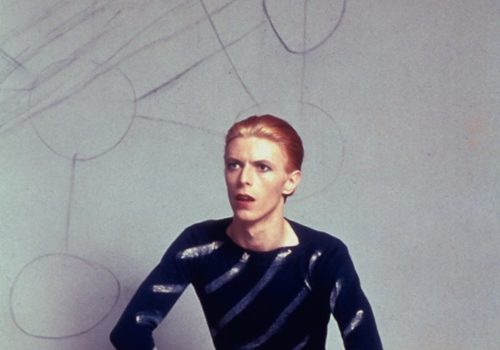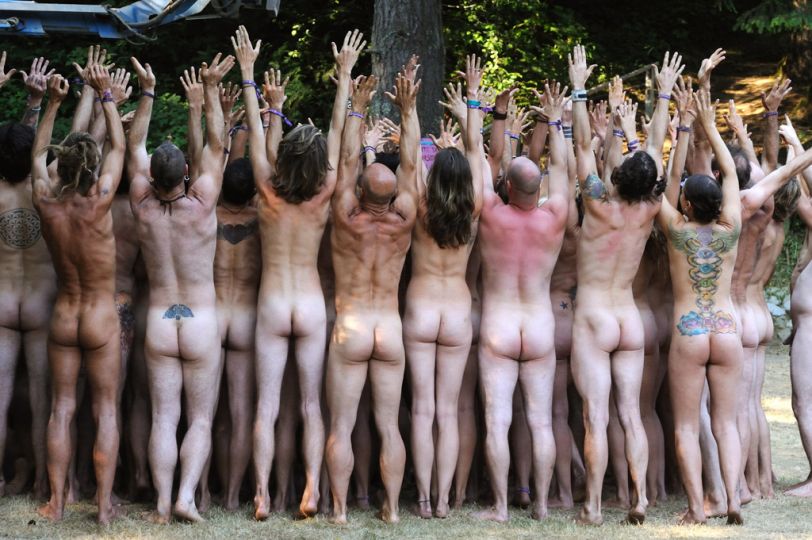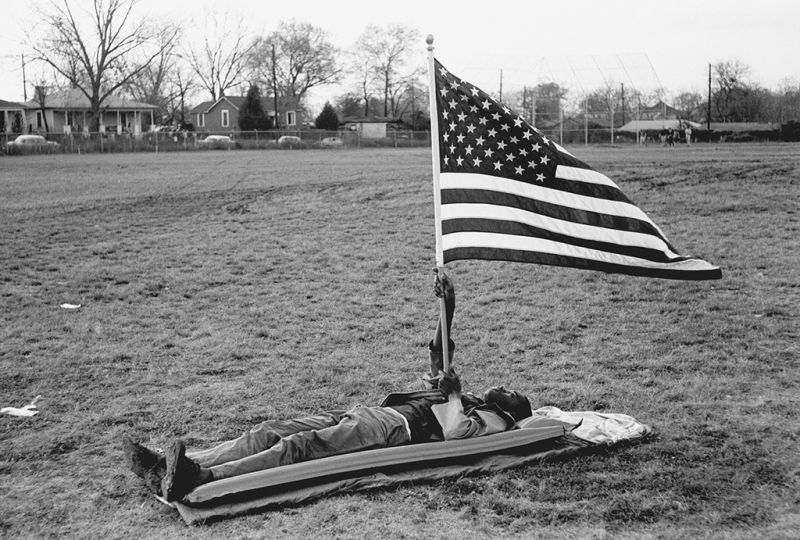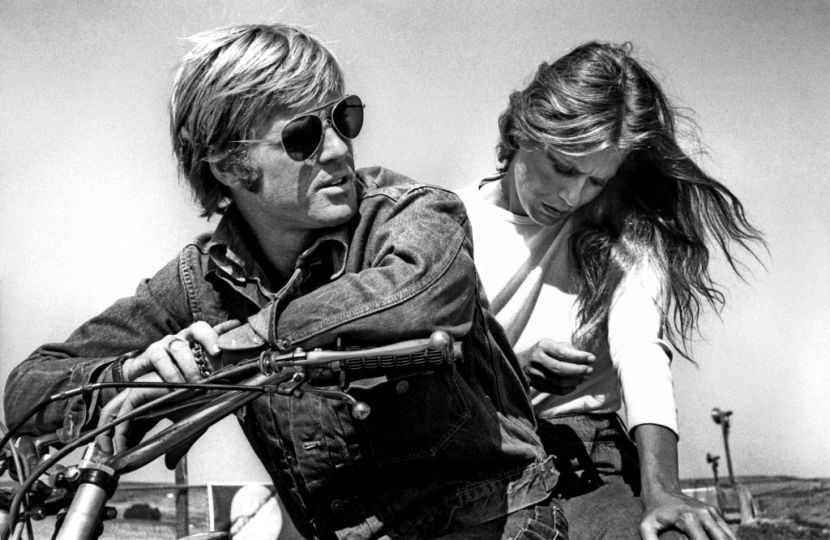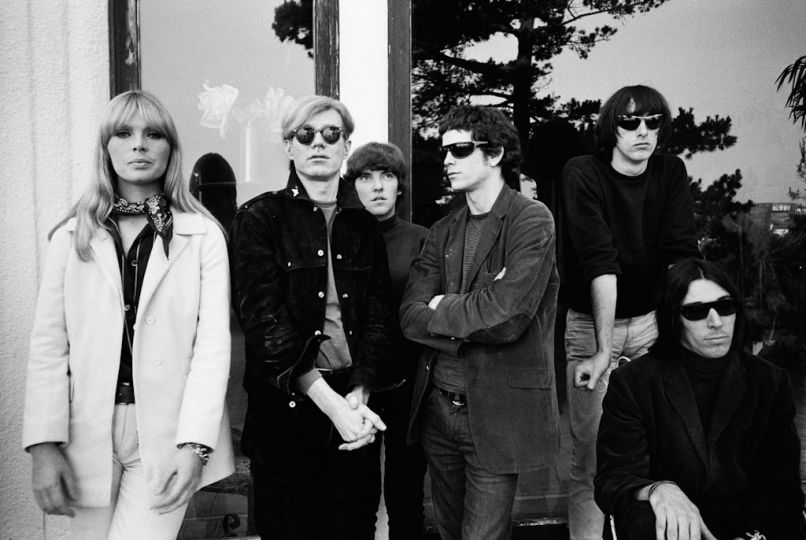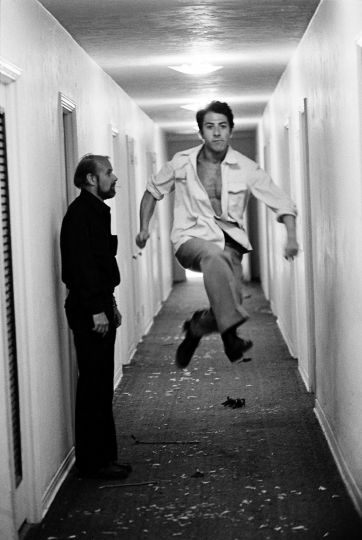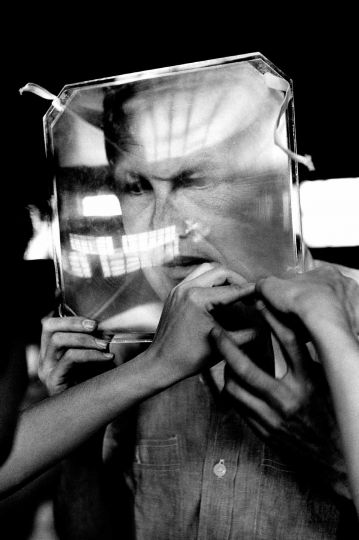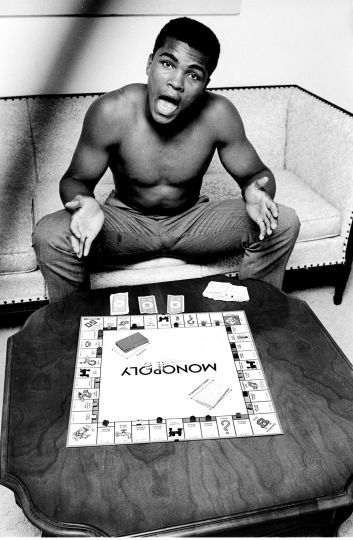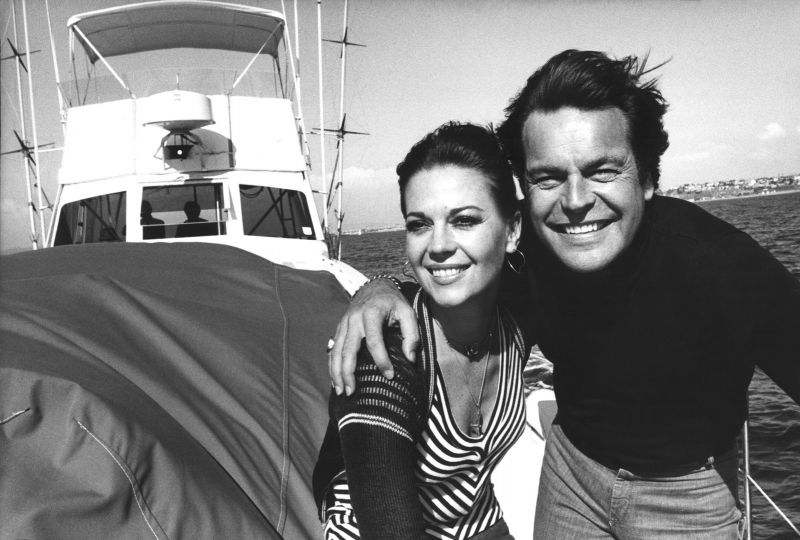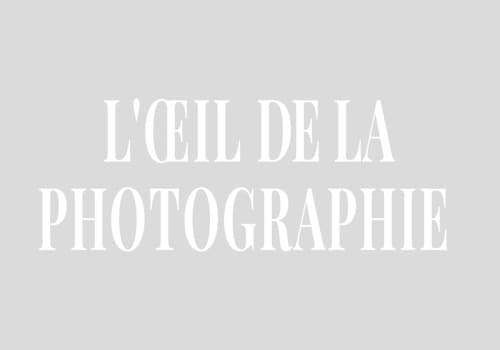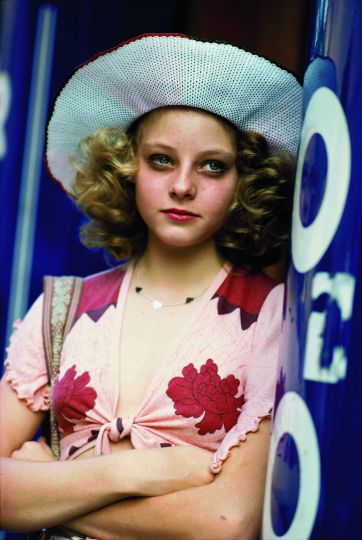David Bowie was the soundtrack to my teenage years. He was a huge influence on my musical education. When I was in my teens The Jean Genie inspired me to pick up an acoustic guitar and even now when I hear that opening riff it transports me back to that time when I was squirreled away in my bedroom in typical angsty teenage fashion trying to pick out the notes. As an adult Bowie continued to impact me, not only through his music, but also his incredible erudition. He was one of the great intellects of my generation. A creative soul who knew no bounds.
American photographer Steve Schapiro knows firsthand the creative depth of Bowie. In 1975 he conducted a marathon shoot with the singer that went on for more than 12 hours. During that time Bowie donned various outfits, created art by drawing on walls, floors and his clothing and connected with Schapiro in a way that is just not possible when you only have a few fleeting moments to capture a portrait.
By the time Schapiro came to photograph Bowie he was already well established as one of the preeminent “journalistic photographers” of his time, having cut his teeth on the Civil Rights movement in the sixties and gone on to photograph politicians who became friends, such as Robert Kennedy, as well as countless celebrities. Later he would also carve a reputation as a noted film stills photographer and his work on The Godfather series is legendary.
Schapiro is old school photojournalism. He started his career at a time that is often referred to as the Golden Age of Photojournalism, an era when pictorial magazines such as LIFE and LOOK were at the height of their popularity and using hundreds of pictures each week.
As a teenager Schapiro was fascinated with photography and in particular the magic of the darkroom, but it was Henri Cartier Bresson’s ‘The Decisive Moment’ that inspired him to take up photography as a career. “Cartier Bresson said there were three elements that made up a good photo; emotion, design and information,” he explains.
This philosophy had an enormous impact on the young New Yorker and it has subsequently underpinned his life’s work. Later Schapiro went on to study with legendary photojournalist W. Eugene Smith to learn the technical aspects of photography and the art of storytelling. “In documentary, you are trying to record a moment. You are not just trying to get close enough to get a portrait, you are trying to get a sense of the time period and the place,” he says.
“I had decided I wanted to become a journalistic photographer and the most you could aspire to at that point was to work for LIFE magazine, so I went out and did my own assignments. I did this story on migrant workers and it ran in a magazine called Jubilee, which would give you six to eight pages to really showcase your pictures.” The New York Times ran one of these photographs on the cover of the magazine and he was off and running.
“The sixties was an incredible time to be a photojournalist because there was more of an emotional flow—an ability to do more emotional pictures that captured the spirit of a person,” says Schapiro who documented the seismic cultural and political changes of that decade. “I worked a lot for LIFE magazine and with the person you were photographing you were like best friends while you were doing pictures. You might never see that person again in your lifetime but in that period of time you became very close. You didn’t have all the security, you didn’t have public relations people sitting around and saying’ no, no, no you can’t say that or you’ve got to fix your hair’. It was a different relationship. In that era we were working in so many different spheres.”
But from his vast career, one of the most memorable experiences is the 1975 shoot with David Bowie, who is the subject of Schapiro’s latest book simply titled ‘Bowie’. Schapiro says it was “amazing” to work with someone as creative and spontaneous as Bowie. When he got the call from Bowie’s manager Michael Lippman asking if he’d do the shoot, “I said yes before Michael had finished the question,” he laughs.
“I really didn’t know what to expect in the sense that I was aware of Ziggy Stardust and all the flamboyant costumes David wore throughout his early career. David arrived and was extremely calm, and almost over intelligent, and very quiet in a way. It was a surprise. He immediately borrowed a shirt from one of my assistants and went into the dressing room. We didn’t know what to expect, didn’t know what he was going to come out with, what kind of costumes he would wear or what he would appear as.”
Bowie emerged from the dressing room in an outfit, which included the borrowed shirt. He had painted white stripes on the clothing and painted his toes white too. Schapiro tells that Bowie proceeded to make big circles on the background paper, a sketch that turned out to be the Kabala tree of life. “It was a very spiritual moment when he came out of the dressing room in this outfit and began to draw. Obviously he had spirituality on his mind in a very strong way that day”.
Schapiro says shooting Bowie was similar to Buster Keaton, who Bowie named as one of his influences. “Often when I’m photographing actors as themselves, and not as a character, I have to give suggestions about what will work best for them as they become bewildered and don’t know what image to project. David had a very strong sense of what the shoot was about, and he wanted to experiment who he could be next, what his persona would be. He reminded me of Buster Keaton in that respect and I always enjoyed working with Buster”.
“The way I saw David is that he would build a character and once he was satisfied he’d done what he wanted to with that character he’d move onto something else. He always seemed to me to have this sense of personal growth, which I very much respected. He never stood still and that’s part of his brilliance.”
Schapiro says as a photographer he is “anxious to keep the shoot going as long as we can because I want to get as many images as possible. That day we became immersed in what we were doing and never thought about the time. David would come out with a fantastic outfit and I’d pick up my camera to photograph it and he would say ‘oh wait a minute I just want to fix something’ and he’d come back 20 minutes later in something totally different!”
But it wasn’t all about characters and crazy outfits and Schapiro says the last two pictures in the book really give a sense of who Bowie was as a person, rather than an artist. “These pictures are important to me because he is giving himself to the camera, rather than just doing things to create pictures that are going to be in magazines. He was really showing himself, it seems to me, he was making a direct contact with the camera as David. To me these pictures are more David than Bowie”.
In addition to photographs from that marathon shoot, Schapiro’s book also features photographs he took of Bowie on the set of the film The Man Who Fell to Earth. “A lot of those photos aren’t about the film,” he says. “We were just at odd ends and David was relaxing on set and killing time”.
Schapiro’s relationship with Bowie continued into the 1980s and a number of his pictures have appeared on Bowie’s albums. In 1987 Schapiro and his family were literally 15 minutes away from leaving the house for a holiday in Europe, when he got a call from Bowie asking him to come on tour. “I was honoured that he asked me, but I had to say no. We hadn’t had a vacation for a long time”.
While Schapiro didn’t work with Bowie again, clearly that 1975 shoot left an impression on both men. “The fact that in his final video Lazarus, Bowie came back to the outfit he had created in my studio, the outfit he’d painted and only worn on that day, was a strong emotional moment for me,” he concludes.
Alison Stieven-Taylor
Bowie
Photographs by Steve Schapiro
PowerHouse Books
http://www.powerhousebooks.com/books/david-bowie-2/

